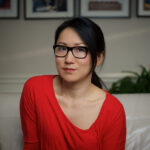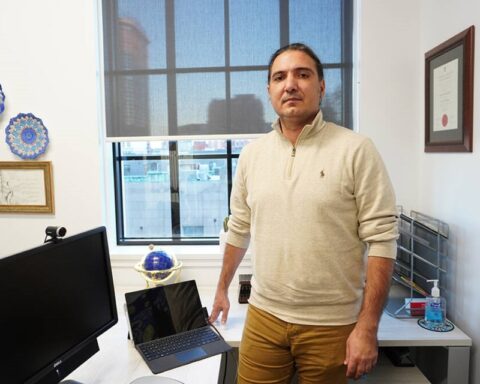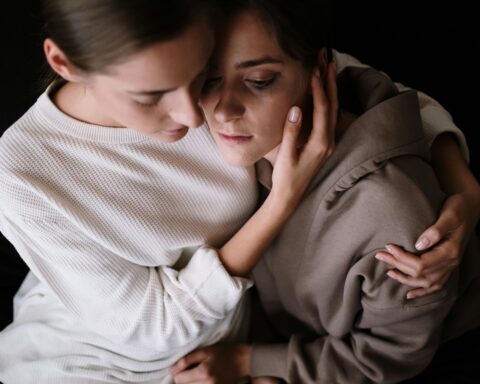The desire to have more than one child has been a motivating factor for many Chinese emigrants for over three decades. Change may be on its way though, as earlier this week, China lifted its one-child policy, allowing married couples to have two children.
The one-child policy, a population control measure viewed as a rather totalitarian symbol by the West, was introduced in 1979. For more than three decades, the unique China-style family consisted of a “4-2-1” model: four grandparents, a couple of two adults (both the only child from his or her family) and a single third-generation grandchild.
Aside from the fact that the policy has faced stanch criticism for being an abuse of human rights and for creating sex-based birth rate favouritism for boys – as China is a traditionally patriarchal society – the one-child policy has also created a huge problem for senior care.
In a society that lacks a pension plan or affordable public health system, sometimes it is just too much for two adult children to take care of four elderly parents.
“If [we violated the] one-child policy, we would both lose our jobs and [be forced] to pay a very heavy fine.”
Impacts of one-child policy
Jinhong Xu is one of many Chinese Canadians who immigrated here to avoid the one-child policy. As a result, Xu has two children who are 16 years apart; this stark age difference between children isn’t strange to see among many Chinese immigrant families.
“I was born in 1967 in a small county in Shan Xi province,” recalls Xu. “I was not the only child in my family, but I was only allowed to have one child after I got married in 1992. We both worked in a state-owned company. If [we violated the] one-child policy, we would both lose our jobs and [be forced] to pay a very heavy fine.”
Xu is like many Chinese who faced many challenges living under China’s unique traditions and polices.
Her first daughter was born in 1993 – a very joyful event to her, but not so much for her family as the child was not a boy.
“Hadn’t my country had a one-child policy, I would be happily staying in China, making it easier (for me) to look after my aging parents.”
After struggling for years thinking of having another child, Xu finally immigrated to Canada in 2002 as a skilled worker and applied for family reunification to bring her husband and daughter here one year later.
At 42, Xu had a second child born in Toronto’s North York General Hospital in 2009. To her delight, it was a healthy boy that the whole family had been longing for.
“I remember I had to go through [a] amniotic fluid test as I was an older mother,” she continues. “That was a really hard decision we have to make. It was my daughter who helped me go through the process. She really wanted to have a younger sibling.”
Staying beside her mom’s bed during labour, Xu’s daughter was more thrilled than anybody else and started to learn how to help her mom take care of the baby.
“Hadn’t my country had a one-child policy, I would be happily staying in China, making it easier (for me) to look after my aging parents,” says Xu, her voice trembling and eyes filled with tears. “But [there isn’t] much I can do. I was not a devoted child to my parents.”
Changes for refugee claimants
The one-child policy has also been a reason for many Chinese people to claim refugee status in Canada. Whether their claims are genuine or bogus, future asylum seekers may start to feel anxious now that the policy is no longer.
Whether their claims are genuine or bogus, future asylum seekers may start to feel anxious now that the policy is no longer.
Refugees from China had the most claims accepted from January to June 2015, followed by Pakistan, Hungary Iraq and Syria.
Refugee claims go to the Immigration and Refugee Board of Canada (IRBC). According to IRBC, the forced sterilization or abortion a person may face upon returning to China is grounds for granting refugee status. As is claims that the one-child policy goes against religious beliefs, such as in the case of Roman Catholics.
Hart Kaminker, a Toronto-based immigration lawyer says the change in policy doesn’t necessarily mean an end to refugee claims of this nature though.
“The policy now is allowing people to have two children,” he explains. “You might get into a [refugee] case when people may have two children that may want to have a third child. That person may still have a valid [refugee] claim.”
Shan is a photojournalist and event photographer based in Toronto with more than a decade of experience. From Beijing Olympic Games to The Dalai Lama in Exile, she has covered a wide range of editorial assignments.





